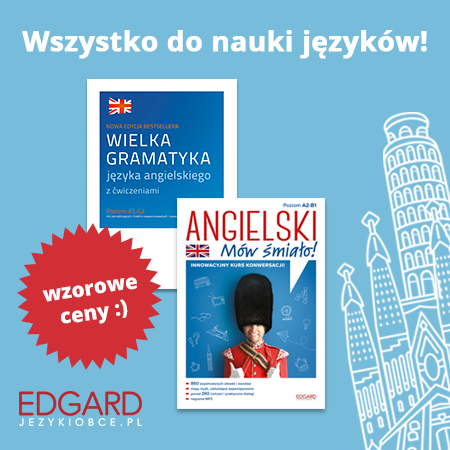Compound nouns
- Szczegóły
- Nadrzędna kategoria: Matura
- Kategoria: Use of English
| Compound Nouns |
|
Formation Words can be combined to form compound nouns. These are very common, and new combinations are invented almost daily. They normally have two parts. The second part identifies the object or person in question (man, friend, tank, table, room). The first part tells us what kind of object or person it is, or what its purpose is (police, boy, water, dining, bed): boy friend water tank dining table bed room The two parts may be written in a number of ways : 1. as one word. Example: policeman, boyfriend 2. as two words joined with a hyphen. Example: dining-table 3. as two separate words. Example: fish tank. There are no clear rules about this - so write the common compounds that you know well as one word, and the others as two words. The two parts may be: Examples: noun + noun bedroom water tank motorcycle printer cartridge noun + verb rainfall haircut train-spotting noun + adverb hanger-on passer-by verb + noun washing machine driving licence swimming pool verb + adverb* lookout take-off drawback adjective + noun greenhouse software redhead adjective + verb dry-cleaning public speaking adverb + noun onlooker bystander adverb + verb* output overthrow upturn input Compound nouns often have a meaning that is different from the two separate words. Many common compound nouns are formed from phrasal verbs (verb + adverb or adverb + verb). Examples: breakdown, outbreak, outcome, cutback, drive-in, drop-out, feedback, flyover, hold-up, hangover, outlay, outlet, inlet, makeup, output, set-back, stand-in, takeaway, walkover. |


